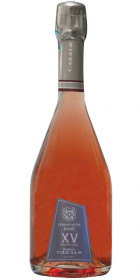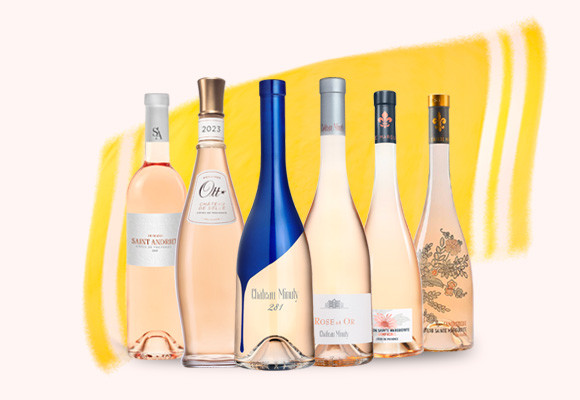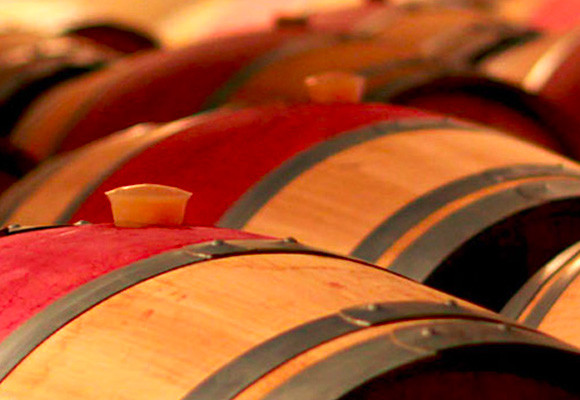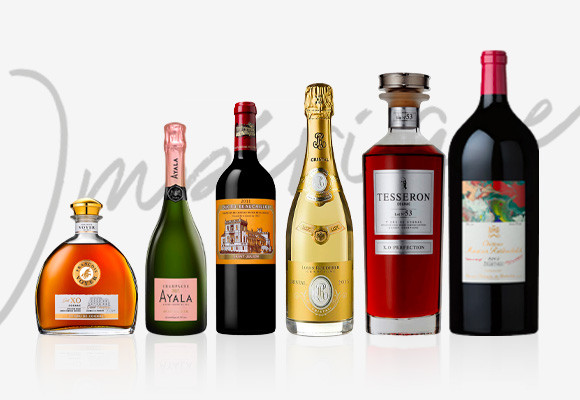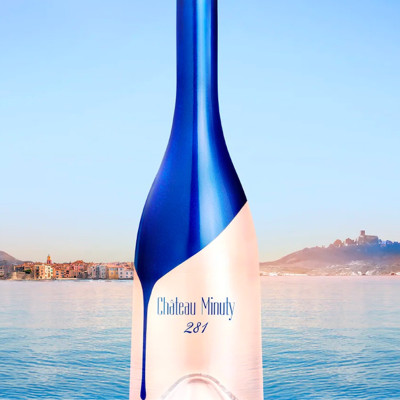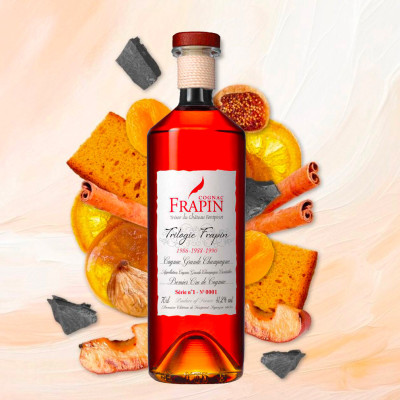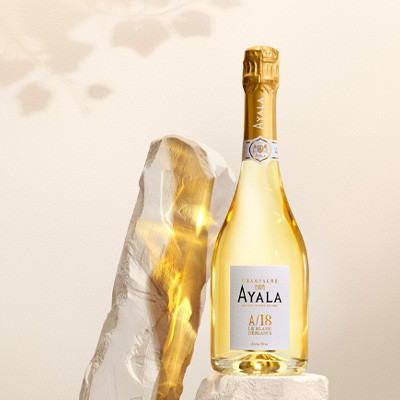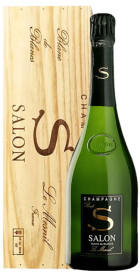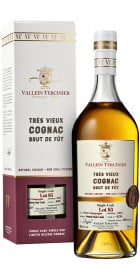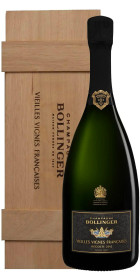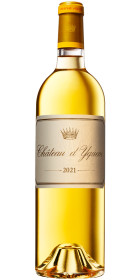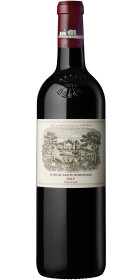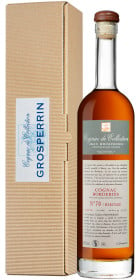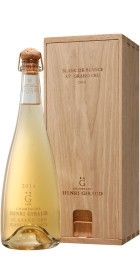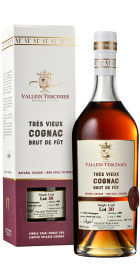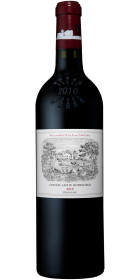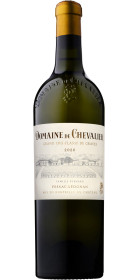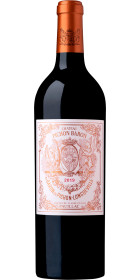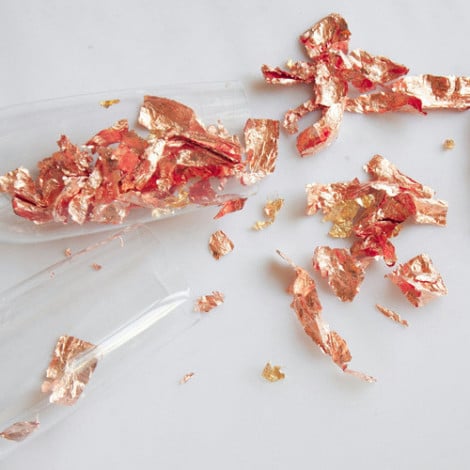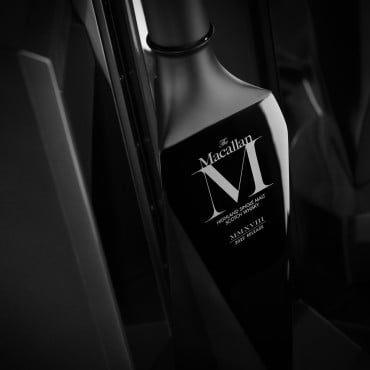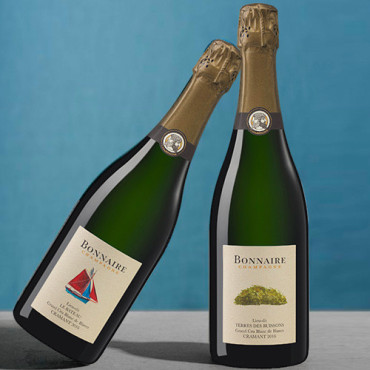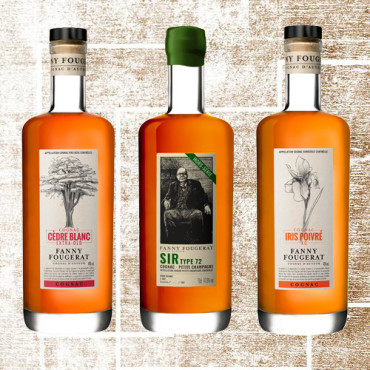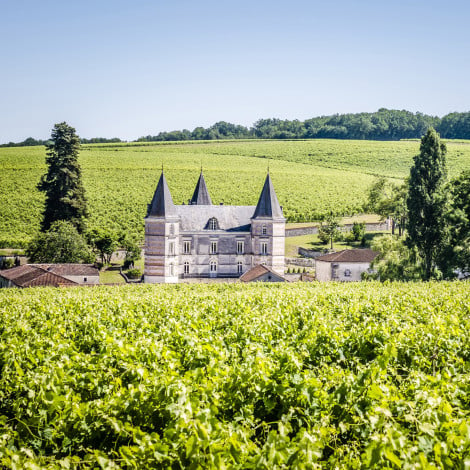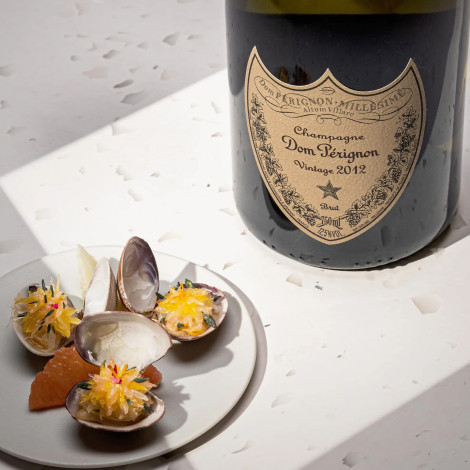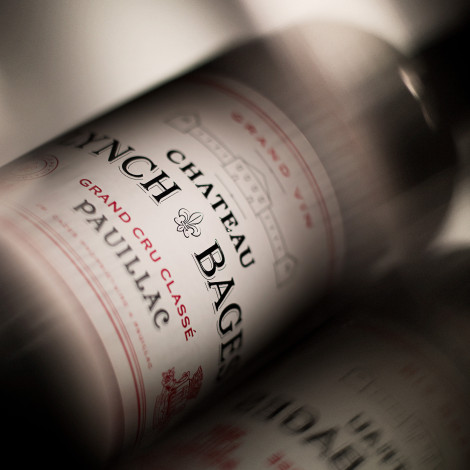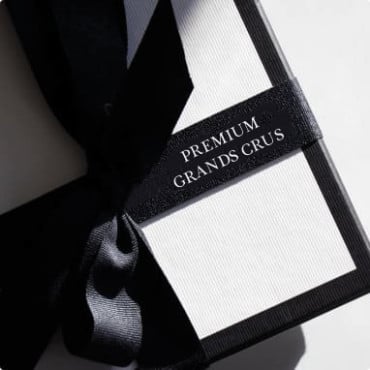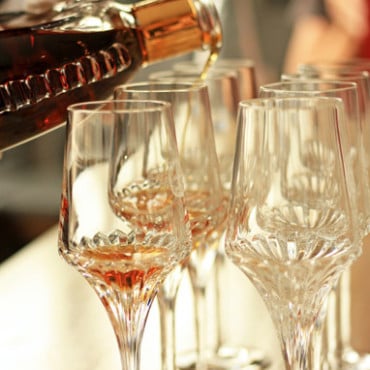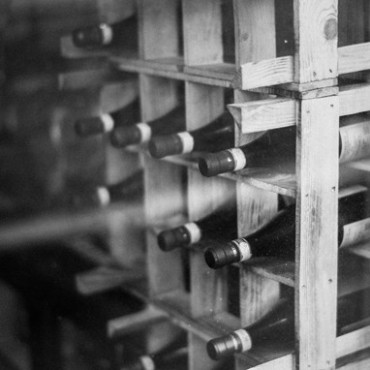Bordeaux est un nom qui évoque le vin partout dans le monde. Un vignoble réputé pour ses grands châteaux et ses crus dont certains ont acquis une renommée mondiale. Même si l’on n’a pas encore eu la chance de tous les goûter, certains noms sont devenus familiers.
Issus d’Appellations d’Origine Contrôlées prestigieuses, telles que Margaux, Pauillac, Sauternes, Pomerol, Pessac-Léognan ou encore Saint-Emilion, les grands vins de Bordeaux offrent une formidable richesse ainsi qu’une personnalité qui leur sont propres, qu’ils soient rouges, blancs ou liquoreux.
Qui n’a pas entendu parler du célèbre classement de 1855, qui recense des châteaux parmi les plus emblématiques du monde viticole, de la cité de Saint-Emilion dont le vignoble est le premier classé au patrimoine mondial de l’Unesco, ou encore de la région des Graves ? Entrez dans le secret des plus grands vins de Bordeaux, dont les siècles d’existence ont contribué à façonner leur image sur la scène viticole internationale.
